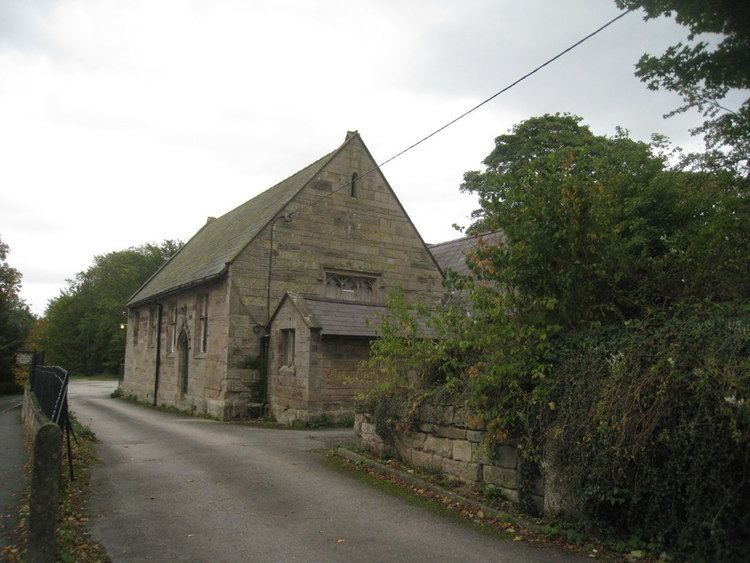Population 936 (2011 Census) Civil parish Ashton Hayes Dialling code 01829 | OS grid reference SJ511693 Local time Sunday 3:50 PM | |
 | ||
Unitary authority Weather 11°C, Wind S at 39 km/h, 77% Humidity | ||
Ashton hayes going carbon neutral sp energy networks
Ashton Hayes is a village and civil parish in the unitary authority of Cheshire West and Chester and ceremonial county of Cheshire, England. It is located about 8 miles east of Chester on the B5393 road. The nearest villages are Mouldsworth to the north east and Kelsall to the south east. According to the 2011 Census it had a population of 936. The main village in the parish - formerly known as Ashton - was renamed Ashton Hayes following a referendum, to avoid confusion with other places of the same name.
Contents
- Ashton hayes going carbon neutral sp energy networks
- Map of Ashton Hayes UK
- Carbon neutrality
- Medieval pottery kiln
- In the media
- References
Map of Ashton Hayes, UK
Carbon neutrality
In November 2005, the Ashton Hayes Parish Council agreed that the village should try to become England's first carbon neutral village and launched a programme, starting 26 January 2006. The move is supported by the local community, businesses, the local council and The Energy Saving Trust. In July 2006 the total annual output of carbon dioxide from the village was calculated by students from the University of Chester at 4,765.76 tonnes.
With the aid of a DEFRA grant, a film was made explaining the issues and the villagers' efforts, and intended to receive its premier in the village on 25 January 2007. It is hoped that the film will increase awareness and encourage other communities to adopt the concept.
Measures taken to offset or reduce this have included installing house insulation, installing energy saving light bulbs and wind turbines, and a large number of trees have been planted. The local pub is also planning to become the first carbon neutral pub in England.
Medieval pottery kiln
In 1933 a pottery kiln, which had been in use between the 13th and 15th century, was discovered in the garden of Smithy House. When excavated, it was found to consist of an oval structure with a stoke-hole on the southeast side. It contained thousands of fragments of broken pottery. Some of these have been reconstructed, forming about 30 objects, mainly jugs and pitchers, which are now in the Grosvenor Museum, Chester. The site of the kiln is a scheduled monument.
